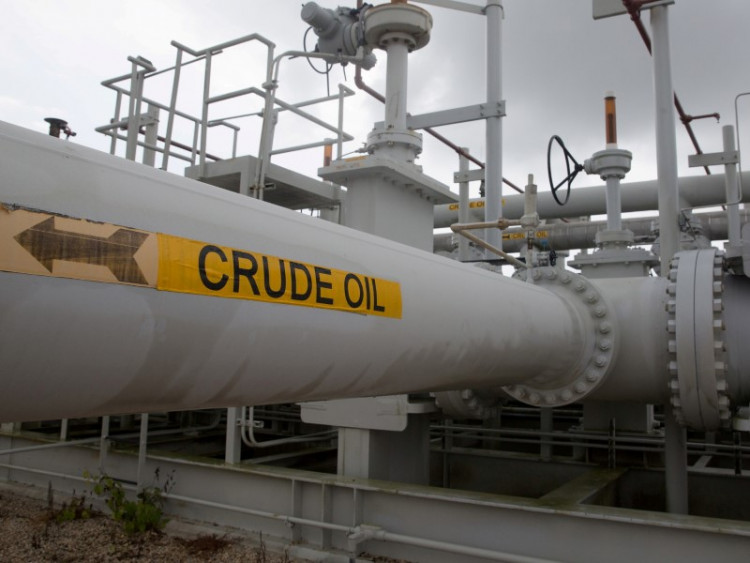The recent escalation in the Middle East, particularly the airstrikes by the United States and the United Kingdom against Houthi rebels in Yemen, has had a significant impact on global oil prices and trade routes, particularly through the Red Sea. This critical waterway, vital for the transportation of oil and other commodities, is now at the center of rising geopolitical tensions and economic concerns.
Oil prices surged to $80 per barrel in response to the heightened risks of disruption in the Red Sea, a key artery for global trade. This increase marks a notable escalation from the already elevated prices due to the prolonged conflict and economic fallout from Russia's invasion of Ukraine. Brent crude prices jumped approximately 4% to a high of $80.75 a barrel, while the US West Texas Intermediate crude also saw similar increases. These price hikes reflect the market's sensitivity to potential disruptions in major shipping lanes and supply routes.
The Red Sea is a crucial route for oil shipments and other commodities, with a significant portion of the world's trade passing through it. The recent military actions have led to the world's largest shipping lines pausing shipments through this route. Instead, ships are diverting around the Cape of Good Hope at the southern tip of Africa, adding thousands of miles to journeys, increasing costs, and causing delays in the delivery of essential goods to Europe.
Economists are raising alarms about the potential for an inflation shock to the world economy due to these disruptions. This situation could undermine the progress made in controlling inflation, which has reached some of the highest levels in decades following the COVID-19 pandemic and the exacerbated energy crisis following Russia's invasion of Ukraine.
The impact of these developments on the global economy is significant. The rerouting of shipments from the Red Sea adds about ten days to journey times, inflating delivery costs and causing delays for manufacturers and retailers in Europe. While shipping costs have risen sharply since the conflict's escalation, they remain significantly lower than the peak recorded in 2021 during the pandemic and the Suez Canal blockage.
The global economy is currently in a weaker position, with consumer demand faltering due to elevated living costs and higher central bank interest rates. Though oil prices have increased sharply, they are still below the near-record levels reached in March 2022 after Russia's invasion of Ukraine.
In response to these challenges, governments and financial institutions are closely monitoring the situation. The UK Treasury, for example, has been modeling various scenarios for the potential impact on Britain, including the possibility of crude oil prices rising by more than $10 a barrel and a 25% increase in natural gas prices.
The situation in the Red Sea and the Middle East remains fluid, with the potential for further escalation posing a significant risk to global trade and economic stability.






